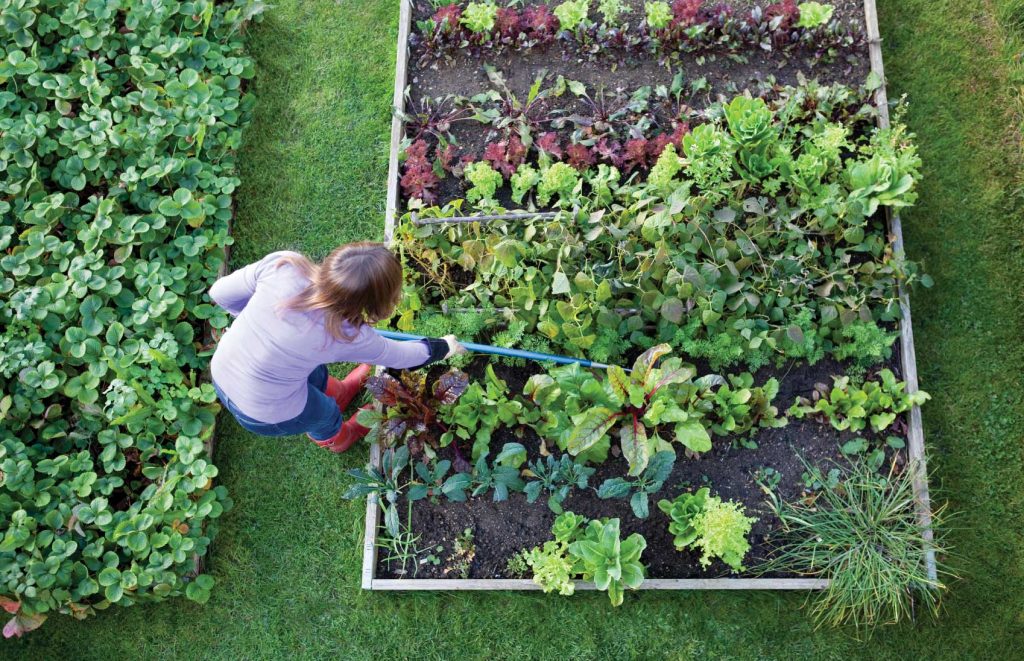10 Expert Gardening Tips for Beginners
10 Expert Gardening Tips for Beginners
Love to garden? These tips will help you be faster, cleaner, and more efficient.
Build a gardener’s portfolio.
Keep tabs on your garden. Create a scrapbook using an inexpensive photo album and add your plant tags and sticks to it each season. Then, make it as detailed as you’d like by adding information as to where the plants were purchased and where the plant was located in your garden. Add your own artistic flair with sketches of your garden or photographs.
Create a no-stick shovel.
Spray your favorite garden shovel with a silicone or Teflon lubricant to make shoveling a breeze. A good coating of this spray will make any type of soil slip right off the shovel without a mess.
Lighten those heavy pots.
Take the strain out of lifting large planters and pots by filling the pot one-third to one-half full with packing peanuts. Be sure to place a piece of landscape fabric on top of the packing peanuts and then layer on your potting soil. To reduce the weight of the pot further, use a potting mix with lots of vermiculite and peat moss.
Transport your plants.
Before your next trip to the local nursery, line the back of your car with a plastic tarp and place a small step ladder on top of the tarp. The slots between the rungs of the ladder serve as perfect compartments to protect your fragile plants during the drive home. You will no longer have to worry about spilled plants or a messy car!
Easy-read rain gauge.
Spruce up your rain gauge by adding a few drops of food coloring to the bottom. During the next rainfall, the water will combine with the dye and the water level will be bright red and easy to read.
Restrict an aggressive plant.
Prevent plants such as gooseneck loosestrife from taking over your garden by planting them in a plastic container. To ensure that these plants’ underground roots don’t quickly crowd your entire garden, cut out the bottom of with a knife—the roots can grown directly down into the soil.
Assist your root-bound plants.
One woe associated with buying potting plants is that they are often root-bound. In other words, as the plant grows in the pot, the roots run out of room to grow–so they begin to form tight circles of roots in the pot. The problem is that these roots can prevent water and other essential nutrients from traveling to the leaves and the rest of the plant. For a quick fix, gently guide the roots outward using your fingers. If they are really tough, carefully make vertical cuts in the root-ball with a knife.
Protect your bulbs.
Sick of creatures munching on your just planted flower bulbs? Keep them out by staking netting over the bed of flowers. Come springtime, simply remove the netting or cut holes in the cloth and let the plants grow through.
Portable potting.
Upgrade your wheelbarrow by fitting a piece of plywood to the back end with wood cleats. This creates a flat surface that is perfect for potting. Now you can wheel your soil and plants to the garden all in one easy trip.
Blemish-free roses.
When planting roses, pruning is crucial to keep the center of the flower open, so sunshine can shine in. Careful pruning will keep the moisture out, and will prevent black spots and other blights from forming.
Source: http://www.rd.com/home/gardening/gardening-tips-for-beginners/

